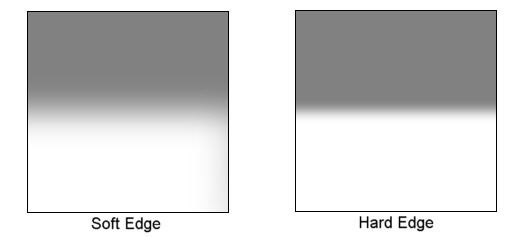any diff btwn gnd and nd? because i have nd8 and didnt know i could use it for sunsets.
gnd is graduated neutral density filter
nd is neutral density filter
nd is from top to bottom, dark
gnd is graduated, this can be done in many ways, first you have the FULL SOFT EDGE
which means from top to bottom it gets gradually lighter in density (and darkness)
then you have split screen gnds, which usually have a line in the middle where all is relatively dark above and uniformly light below, this can either be HARD EDGE (sharp transition) - this is good for sun/sea photos with nothing protruding into the sky
or it could be split screen SOFT EDGE (gradual transition into uniform lightness) - this is good for photos whereby you have stuff protruding into the sky, for example a tree
these are the few that i've seen, there might be more
i am not sure how you want to use nd for sunset, but i think perhaps you could use it to extend exposure timings to smoothen out water, giving a surrealistic effect. other than that, the balancing of exposure in the background (sky) and foreground (earth) for typical sunset wide compositions.. can only be achieved with gnd, or perhaps hdr.. nd will not help in this aspect.








